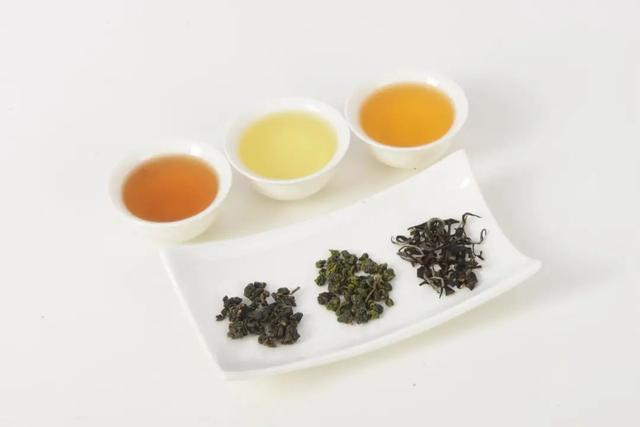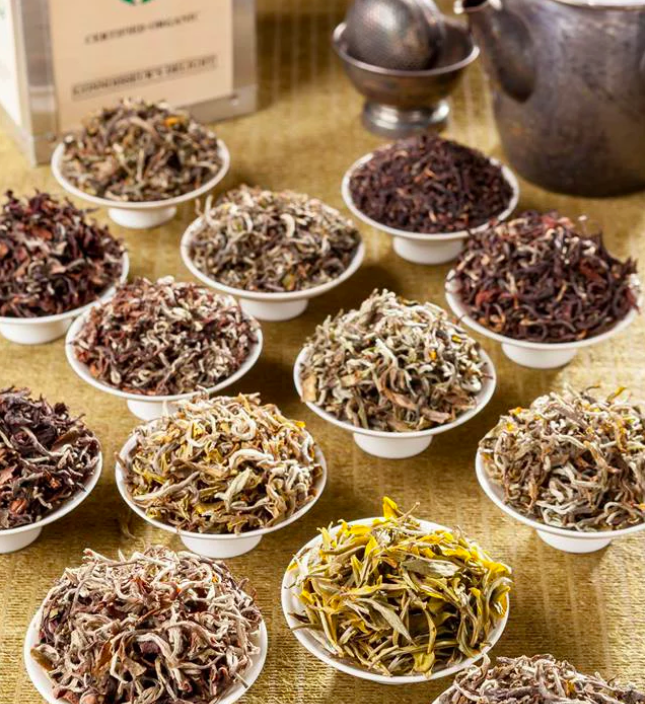Step Guide for Tea Evaluation process Guide how to bring out the aroma of tea
Unfermented tea, partially fermented tea, and fully fermented tea have their own tea frequency characteristics and standards in appearance shape, aroma, color, color, aroma and taste of tea soup, as well as the appearance of vegetable bottom. therefore, how to identify the quality of all kinds of tea has become an important work to determine the price of tea vegetables.
As tea vegetables are an important drink in human life, the judgment of good quality of tea vegetables is also closely related to the sense of human faculties, so for a long time, functional evaluation is still the main way to judge the quality of tea. We must rely on experienced tea critics to judge the quality of all kinds of tea according to vision, smell, taste, even touch and hearing.

Due to the advances in chemical composition analysis instruments, analytical work has been able to quantify the key components in tea vegetables and establish a profile of tea components (profile; generally refers to the species of various components and the relative proportion of various components). For example, the analysis of tea aroma can be carried out qualitatively and quantitatively by gas chromatography (gas chromatography;GC) or gas chromatography combined with mass spectrometer (GC-MS;mass spectrometer), which makes great progress in the analysis and study of tea aroma.
In addition, the pretreatment of the sample is also very important in the analytical methods, including distillation and extraction (SDE), headspace adsorption (HAS), and vacuum evaporation extraction (VDE), etc., in order to obtain a stable and reliable result, but these chemical analysis results are very different except for the aroma felt during tea drinking. Therefore, these chemical analysis data can only be used as a reference for the evaluation of aroma felt when drinking tea. At present, electronic nose and other techniques have also begun to be used in tea fragrance analysis, which has a certain effect, but no matter GC, GCMS, or electronic nose detection, it is difficult to replace human frequency functional evaluation.
The advantages of tea functional evaluation
(Advantages of tea functional assessment)
Tea parties in Taiwan have a large number of high-quality tea every year, but these tea must be graded according to the requirements of various types of tea, and the price of tea vegetables can be determined through tea evaluation, which has become a sales activity that tea parties attach great importance to. For example, the annual tea-making competition, dominated by the Nantou Lugu Morning Association, is the largest event in the world. As the number of tea vegetables to be evaluated in the competition is large and must be graded within a short period of time, the advantages of this functional evaluation method of tea must be identified by stages with the help of experienced product reviewers:
(1) it can quickly identify the specification, color, aroma and taste of tea.
(2) it can quickly detect whether the tea quality is abnormal or not.
(3) it can judge the comprehensive performance of the flavor of tea and tea soup, which is a work that can not be done by instrument analysis at present.
(4) the identification standard of all kinds of tea can be set according to the needs of different kinds of tea in the market.
(5) there is no need for expensive analytical equipment and professional chemical analysis skills, but only simple tea sets and processes can be used to complete the evaluation.

As the functional product evaluation is subjectively judged by the tea product reviewers, although the evaluation results are more in line with the functional feelings of tea drinkers, but relatively, the judgment criteria may vary from person to person, and scientific data can not be put forward.
The results of functional evaluation can be close to the actual feelings of tea drinkers, such as the fullness of tea in the mouth, including smoothness, sweetness, throat rhyme, and soaking resistance.
Whether it is sweet or not after drinking, that is, the process of producing sweetness after the transformation of bitterness, all depends on the sense of faculties. Throat rhyme refers to the feeling of tea soup in the throat, such as sweet, moist and dry.
Important Notice :
前街咖啡 FrontStreet Coffee has moved to new addredd:
FrontStreet Coffee Address: 315,Donghua East Road,GuangZhou
Tel:020 38364473
- Prev

[illustration] hand-made coffee injection course how to fill water by hand and how to circle it
A few days ago, a guest came to the store and asked, what are the requirements for hand-brewing coffee? Do you pay attention to the height of water injection? The height of water injection in habit when asked how high the water column needed for water injection, I instinctively froze for a moment! Indeed, there is no accurate standard. Some people like to stick to the liquid surface when brewing coffee, while others like to pull up the water column. If you talk about a range of
- Next

What is the best brand of Darjeeling black tea in India? how much is the brand of Glenn Tea Garden?
Glenn Glenburn Tea Garden is located in the Rangli Rangliot CD neighborhood of Darjeeling Sadar District, Darjeeling, West Bengal, India. Of the 750ha (1900 acres) of the Glenn Tea Manor (Glenburn Tea Estate), there is a 350ha (860acre) protected forest (called Simbong forest). The Rangeet and rundung rivers flow through
Related
- Beginners will see the "Coffee pull flower" guide!
- What is the difference between ice blog purified milk and ordinary milk coffee?
- Why is the Philippines the largest producer of crops in Liberia?
- For coffee extraction, should the fine powder be retained?
- How does extracted espresso fill pressed powder? How much strength does it take to press the powder?
- How to make jasmine cold extract coffee? Is the jasmine + latte good?
- Will this little toy really make the coffee taste better? How does Lily Drip affect coffee extraction?
- Will the action of slapping the filter cup also affect coffee extraction?
- What's the difference between powder-to-water ratio and powder-to-liquid ratio?
- What is the Ethiopian local species? What does it have to do with Heirloom native species?

